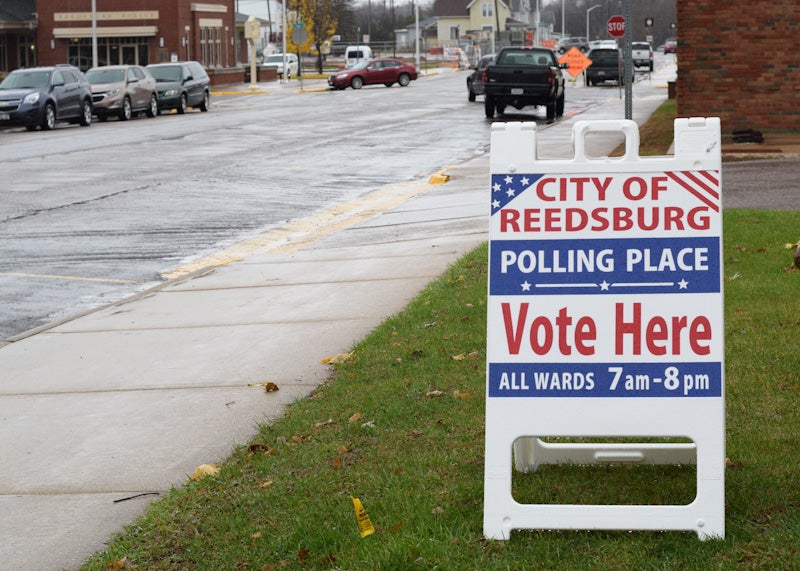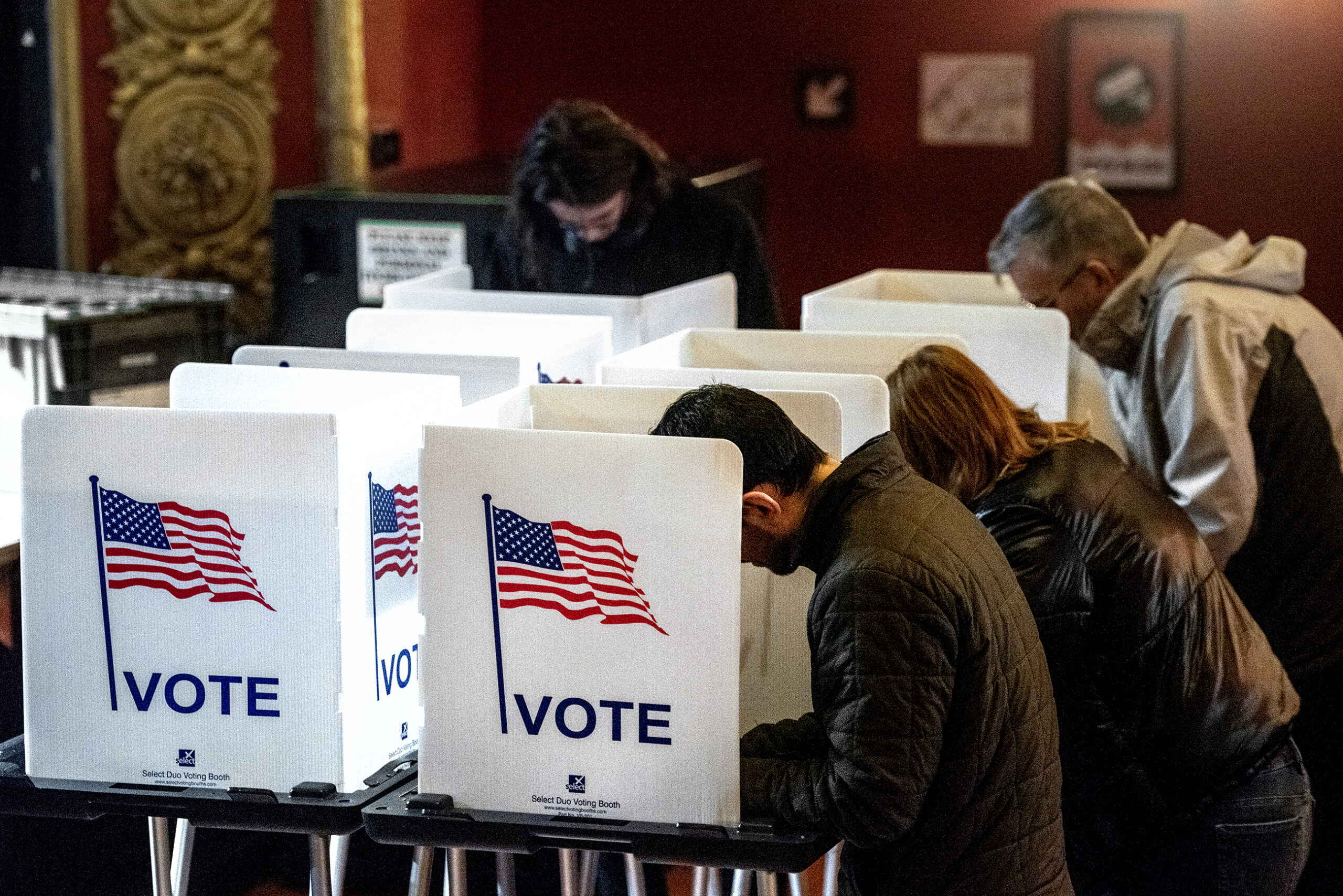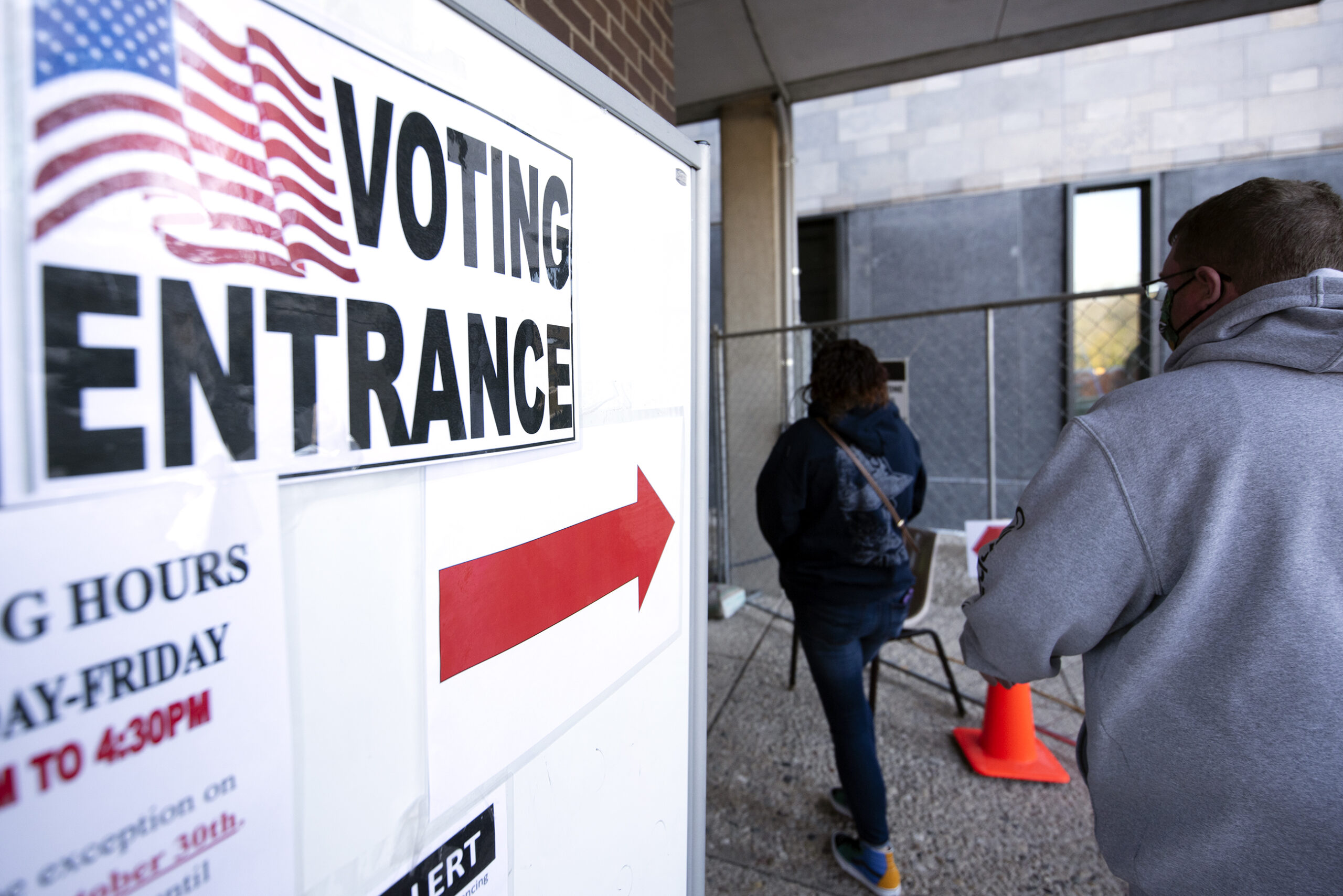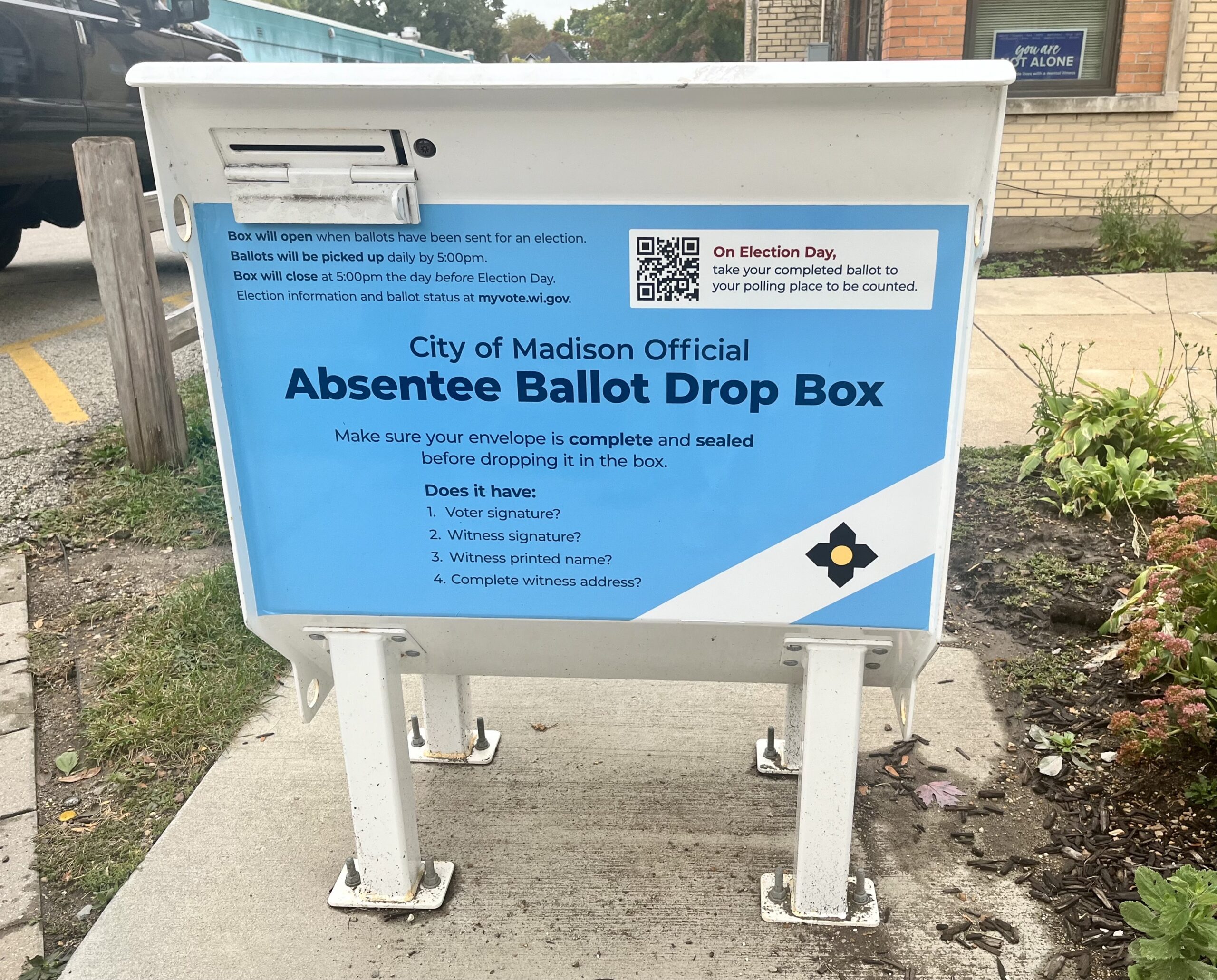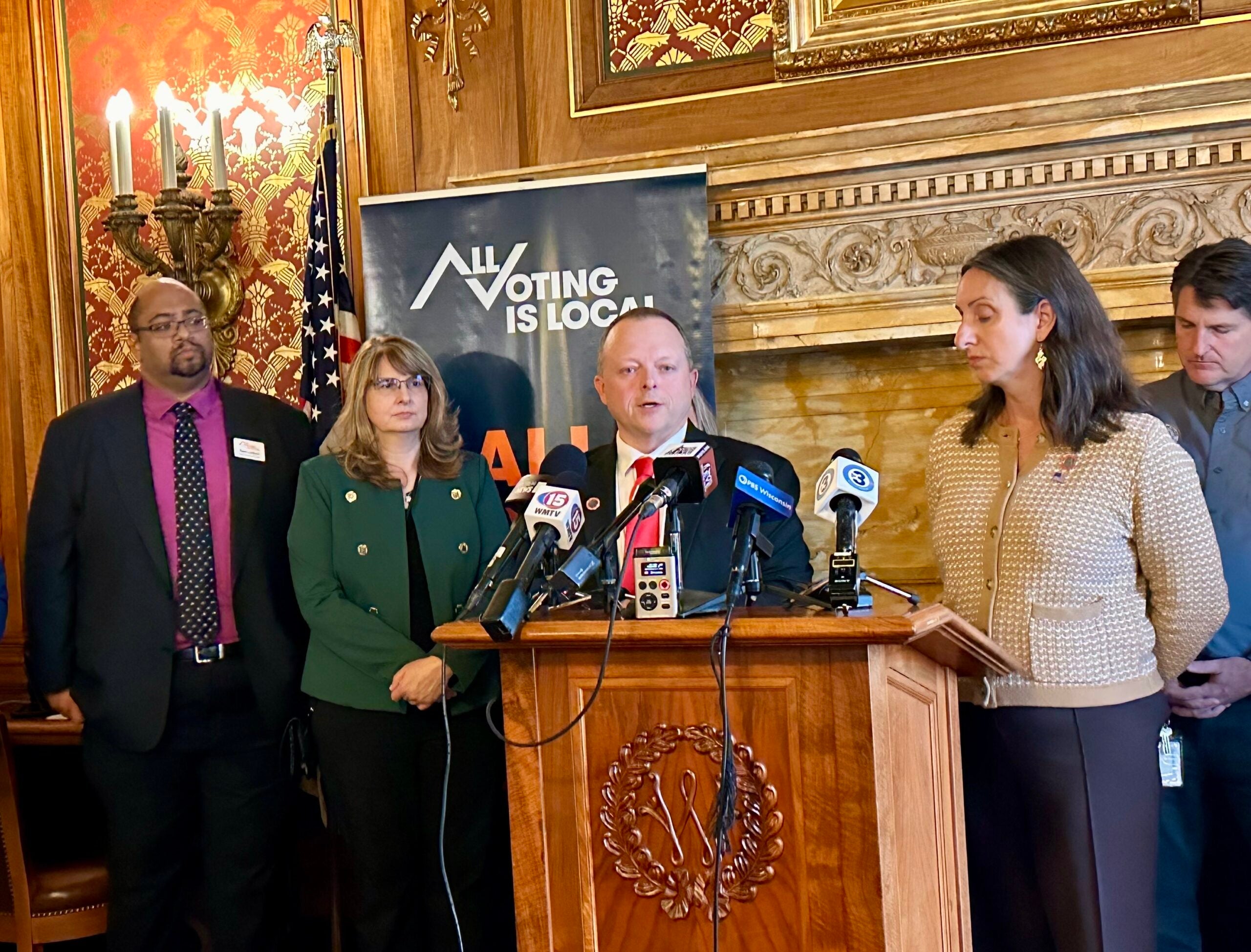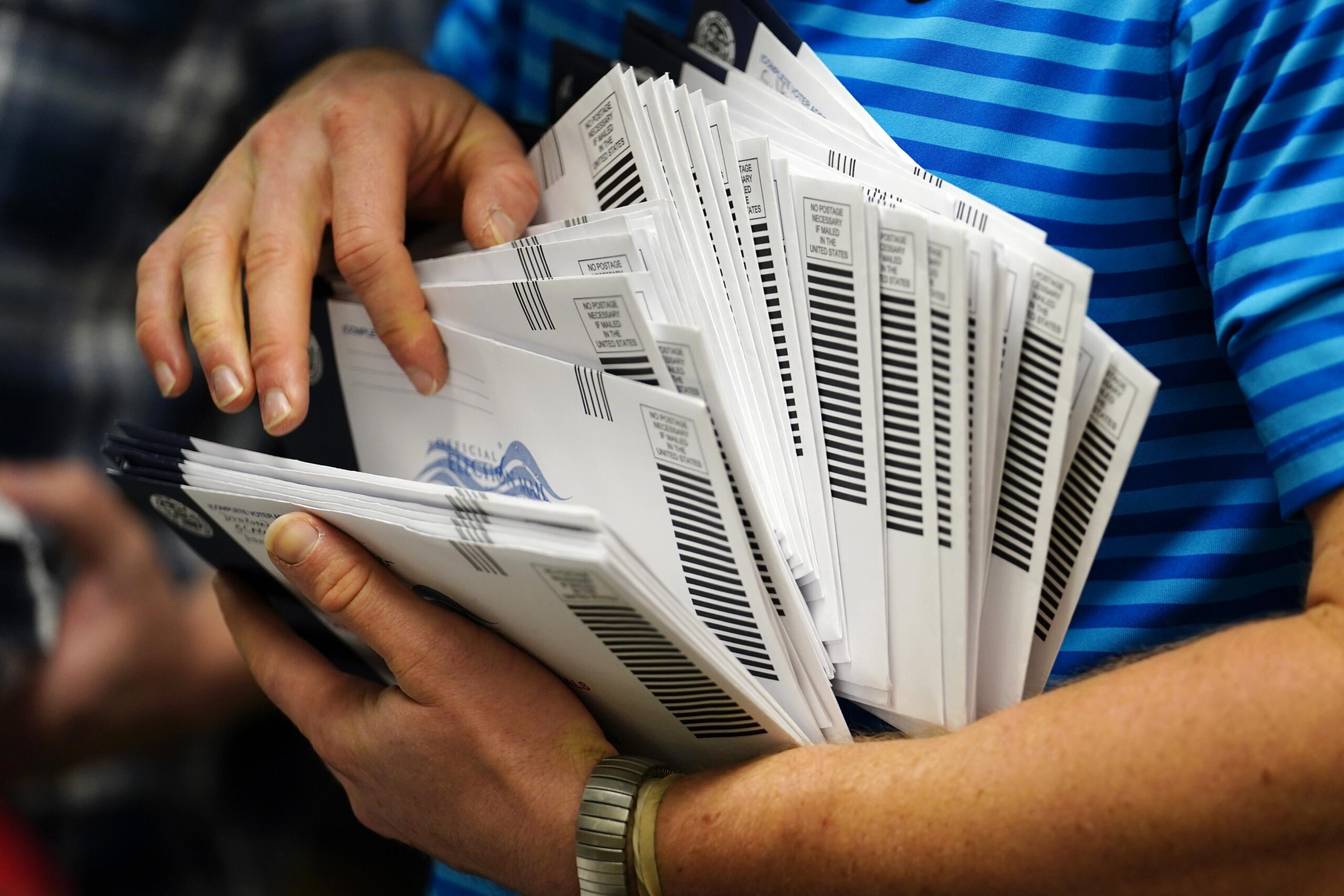By the morning of election day, nearly 3,000 votes have already been counted in Reedsburg.
Absentee voting numbers are breaking records across the country, and Reedsburg is no different, said City Clerk Jacob Crosetto.
Located about 55 miles northwest of Madison, Reedsburg is home to 5,334 registered voters. Over 56 percent of those registered voters had already cast a ballot as of Nov. 2 — more than double the total number that voted absentee in 2016.
News with a little more humanity
WPR’s “Wisconsin Today” newsletter keeps you connected to the state you love without feeling overwhelmed. No paywall. No agenda. No corporate filter.
“It’s been very, very busy, especially compared to 2016,” Crosetto said. “Double is crazy for us.”
Voter enthusiasm is high, but Crosetto expected election day to be quiet because of the number of absentee ballots.
Yet by 6:15 — 45 minutes before the doors opened for voting — a line had already formed outside city hall. By 2 p.m., over 1,000 people had cast an in-person vote. At this rate, the city is well on course to break voter turnout records.
“Enthusiasm is kind of through the roof this year and rightfully so, because there’s a lot on the ballot,” Crosetto said.
As of Nov. 2, 68 percent of the total voter turnout of 2016 had already voted in Reedsburg. Statewide, 1.9 million votes had already been cast in Wisconsin, according to the Wisconsin Elections Commission.
This election is a far cry from the 2018 midterm election when Gov. Tony Evers was on the ballot. And in many ways, the 2020 election is unlike any other election before it, with the coronavirus pandemic as an omnipresent backdrop.
Crosetto said Reedsburg, a city of about 9,500 people, typically leans blue in statewide races, and red in local races. In 2016, the city went red for President Donald Trump, but in 2018 it went solidly blue for Gov. Evers. This election, it’s anyone’s guess, he said.
“It’s so hard to even guess what’s happening now because, I mean, coronavirus in particular has just thrown everything into the air, and how accurate the polls are is really unclear,” Crosetto said.
COVID-19 is ravaging Wisconsin more than any other swing state. And in Reedsburg, election officials have taken an abundance of caution to protect the poll workers and voters who do show up to vote in-person on election day.
In March, Crosetto said they decided no poll worker over the age of 60 would work any elections until the pandemic was over. That precaution narrowed their list of poll workers from about 40 down to one.
“We had to scramble to find a good amount of people to run both the April and August election,” he said.
But then the community went above and beyond, Crosetto said. Teachers, state employees and college and high school students will be filling the vacancies and seeing through the democratic process.
“We’re actually going into it with four or five extra poll workers,” he said. “A lot of municipalities don’t have that luxury right now … all you see on the news is the shortage, and there is for especially the smaller municipalities, but we got really lucky here.”
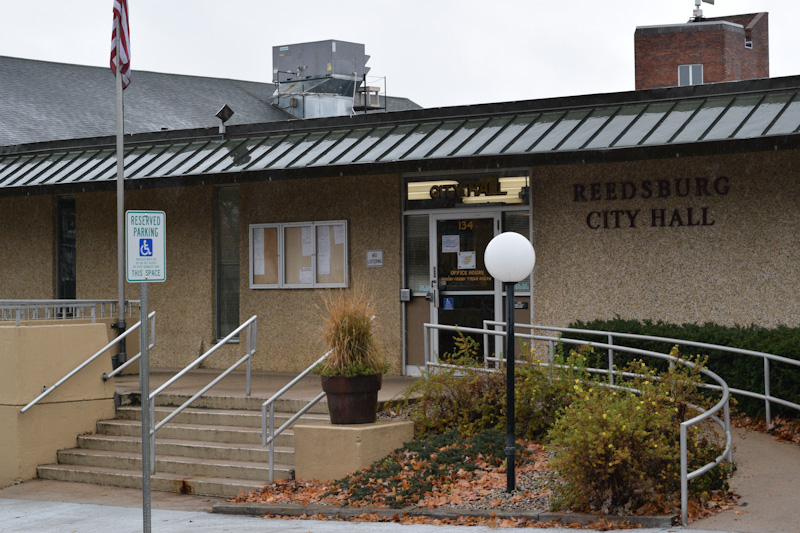
One of those community members is Joseph Uminski. He works at the Department of Agriculture Trade and Consumer Protection, which gave employees the option to take the day to work the polls without taking a vacation day. As a 20-year resident of the community, 16 of which he spent as a deputy, Uminski saw an opportunity to do something small, but meaningful, for his community.
While things may be dramatically different in 2020, by this election — the third in the state since the pandemic began — the plexiglass, masks and social distancing almost feel normal, Crosetto said.
Uminski, who worked his first election in April and will be chief election inspector this election, called the elections this year “adapt and overcome” situations. In April, it was a scramble to get everything together, but this time around the staff has had time to prepare and learn some lessons.
“I’m expecting it to be busier than the primary, but I don’t anticipate any problems as long as everything is working correctly,” he said.
As of 2 p.m. on election day, things were running smoothly — although busier than anticipated — and they are on track to have all absentee ballots counted by the end of the day.
It’s been a year full of uncertainty and confusion surrounding the election, from the U.S. Supreme Court ruling on absentee ballot cutoffs in Wisconsin to potential U.S. Postal Service changes and whether to trust the polls, but Crosetto feels confident about their ability to run a smooth election day.
And looking ahead, he’s hopeful this year will help with what has become a long-term challenge: finding people to work the polls. He hopes that the overwhelming support he’s seen this year will carry forward, and many of the new poll workers will continue to participate.
For his part, Uminski plans to be there if there’s a need for future elections.
“I live in town, and I know there’s always a need,” he said. “If they need the help, I’m happy to help and play a small role in the process.”
Wisconsin Public Radio, © Copyright 2025, Board of Regents of the University of Wisconsin System and Wisconsin Educational Communications Board.

